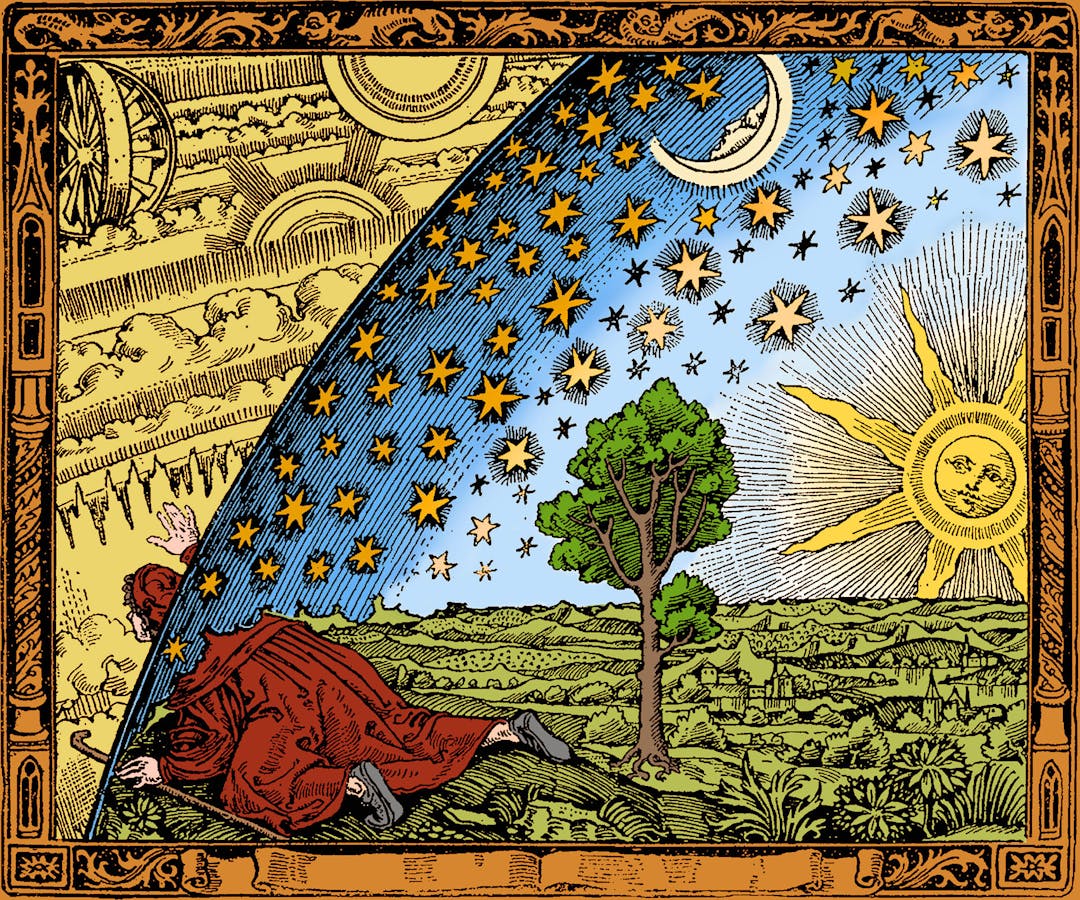What comes to mind when you think of the “Dark Ages”? Ignorance? Magic? Superstition?
In reality, the medieval period was alive with scientific thought. For some scholars, the study of creation and its orderly processes helped illuminate their knowledge of the creator and guided their reading of the Bible. Nature’s orderliness reflected God’s reason. And since God was unchanging, the laws that guided creation were also consistent. By studying how creation works, they believed, one would glorify God’s wisdom. It was common for more than 1,000 years to describe scientific thought as the “handmaiden” of theology.
The close relationship between the study of nature and biblical theology nurtured curiosity and led to important advances. As a result, the so-called “Dark Ages” produced scientific methods and approaches that were crucial to the Scientific Revolution.
“The whole of the sensible world is like a kind of book written by the finger of God . . . instituted by the divine will to manifest the invisible things of God’s wisdom.”
Hugh of St. Victor, De tribus diebus, 12th century
Today, universities are centers of scholarly research. Did you know many of the world’s oldest universities grew out of the medieval cathedral and monastic schools?
In the 1100s, Christian scholars in the West, usually monastics working in monasteries and cathedrals, began translating ancient scientific texts into Latin, works that until then were mostly available only in Arabic-speaking and Greek-speaking parts of the world.
These religious communities became hubs of advanced education, sparking a renaissance of religious and scientific thinking in Europe. Some grew into universities, such as the University of Bologna and the University of Paris.











